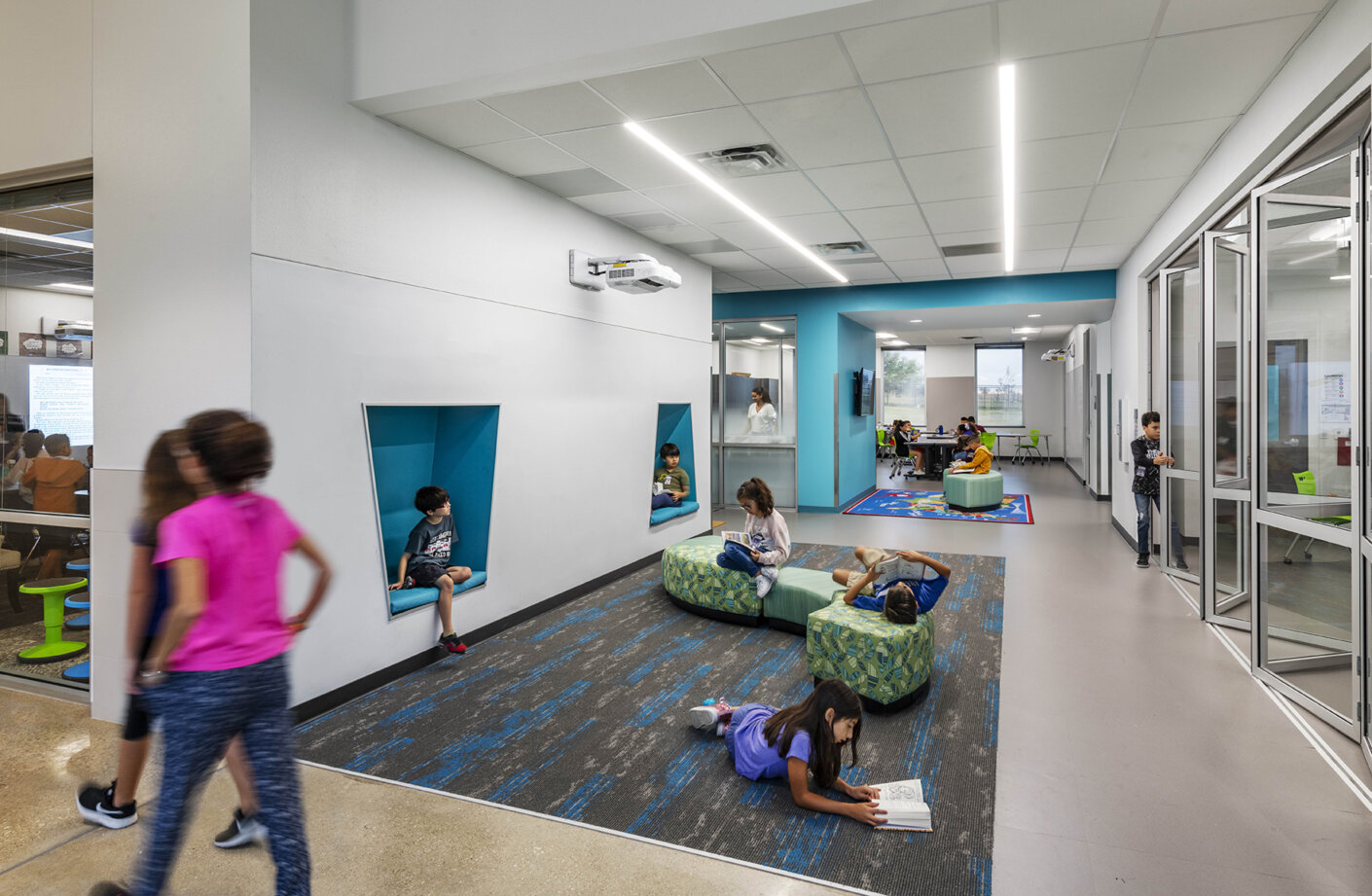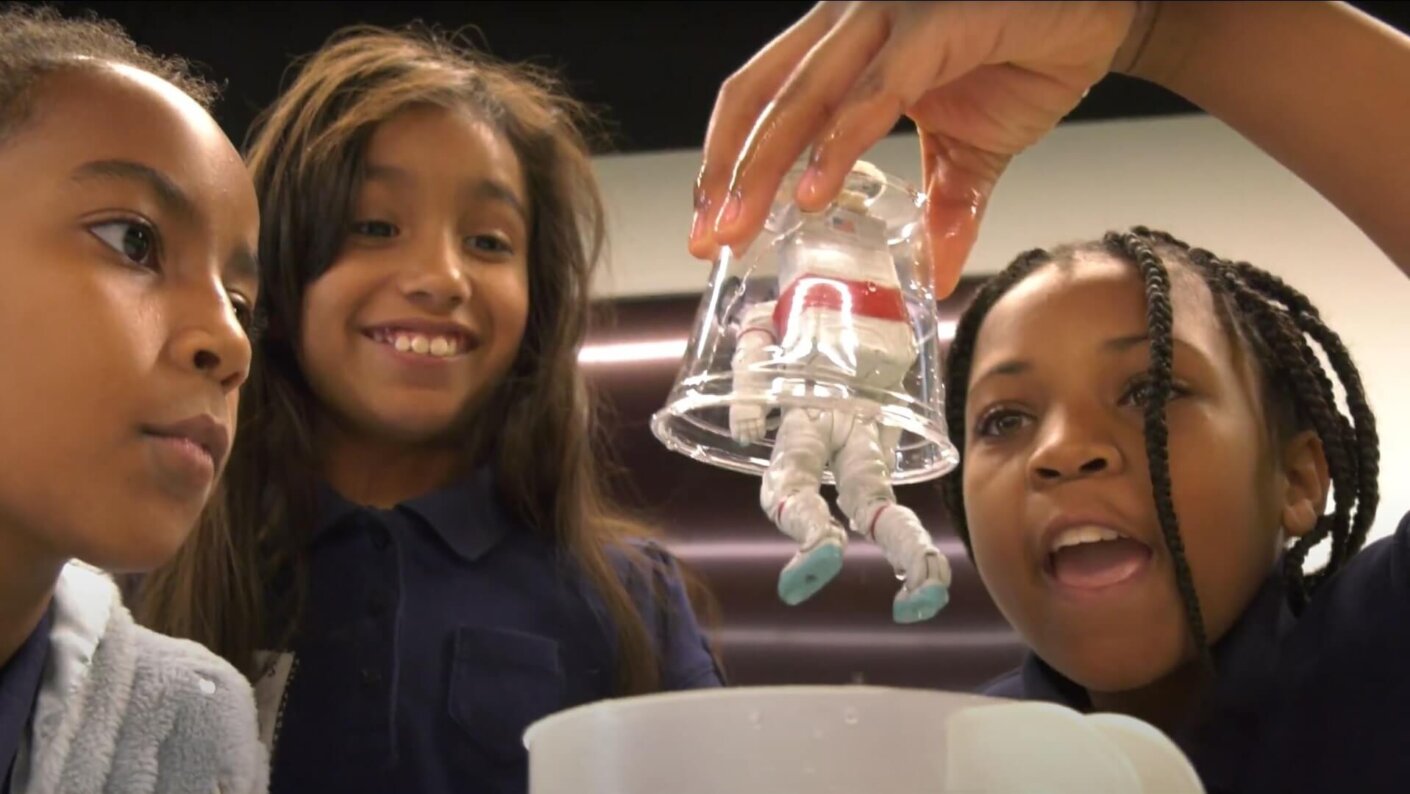Angela Whitaker-Williams: 5 Things That Should Be Done To Improve The US Educational System


From your point of view, how would you rate the results of the U.S. education system?
People often rate the results of the U.S. educational system on test scores or other metrics, but I think the results are deeper than what can be quantified through standardized testing. We must look at success in education as the ability to achieve future goals and discover careers that support our families. According to the Organization for Economic Co-operation and Development 2020, at 46.36 percent, the United States is sixth in the world for the percentage of students who have completed some kind of tertiary education (two-year, four year, or vocational programs). This type of success is an indicator that primary education is providing successful foundations for secondary education.
Similarly, according to the Bloomberg Innovation Index, the United States ranks first in the world in patent activity and high-tech density. This index considers research and development, patent activity, tertiary education in STEM, manufacturing value add, productivity, high-tech dentistry, and researcher concentration. While the U.S. is not first in the world in these rankings among countries who are selective on who is educated, it is clear that the overall U.S. educational system takes on all the challenges and endeavors in order to offer K-12 education to all for free. It is not limited by parental ability to pay, provide transportation, or uniforms. If you just judge by test scores to compare the U.S. to the rest of the world, you have to remember that their scores only test the wealthy, top tier of learners. In the U.S. educational system, we open the world of opportunity with no barriers of finance or ability, including a robust special education system.
This belief that education is an opportunity for all makes it by far the best system in the world.
Angela Whitaker-Williams
Can you identify the 5 key areas of the U.S. education system that should be prioritized for improvement? Can you explain why those are so critical?
There is always room for improvement, and the areas I’ve identified are listed out below:

As an education professional, where do you stand in the debate whether there should be a focus on STEM (science, technology, engineering and maths) or on STEAM (STEM plus the arts like humanities, language arts, dance, drama, music, visual arts, design and new media)? Can you explain why you feel the way you do?
As an architect and designer, I feel it should be full STEAM ahead! STEM works on the scientific method, but including the arts adds the design process, and increases opportunities to be creative. The design process is less concerned with right or wrong, pass or fail dichotomies as it is with being an iterative process of continual improvement. The design process taps into culture, beauty, and expression. Pairing the arts with STEM opens learning to a broad variety of talents and modes of experience and experimentation. Even product designers in leading technology fields have realized the importance of design. Products like the iPhone that work well and have beauty are the most in-demand.

Can you articulate to our readers why it’s so important to engage girls and women in STEM subjects?
Statistically, girls are more successful at math and science at an earlier age, however, their interest in STEM often wanes as they grow older. Engaging a group of diverse students, including women, into STEAM subjects adds diversity of viewpoint that can lead to a higher level of innovation in our economy than ever before. STEAM/STEM careers desperately need the communication, multitasking, and creative skills that added diversity can bring. Engaging women in STEAM/STEM will maximize innovation, creativity, and competitiveness.
Angela Whitaker-Williams was interviewed by Authority Magazine’s Penny Bauder on the current state of the education system of the U.S., and how to improve the system for future generations.